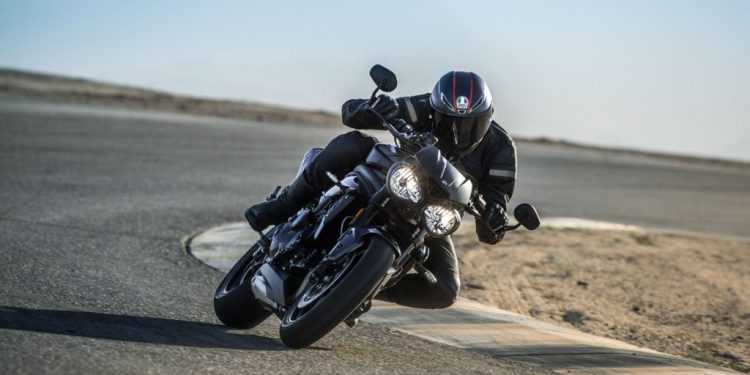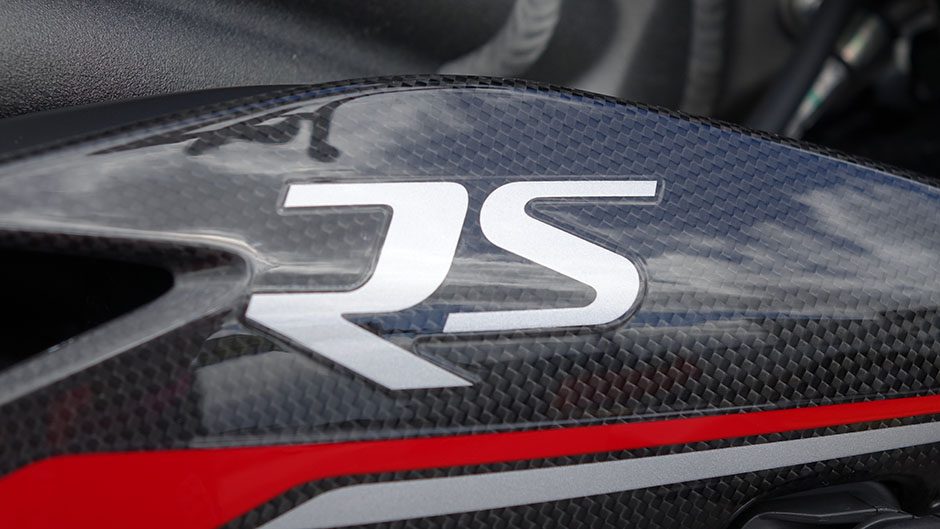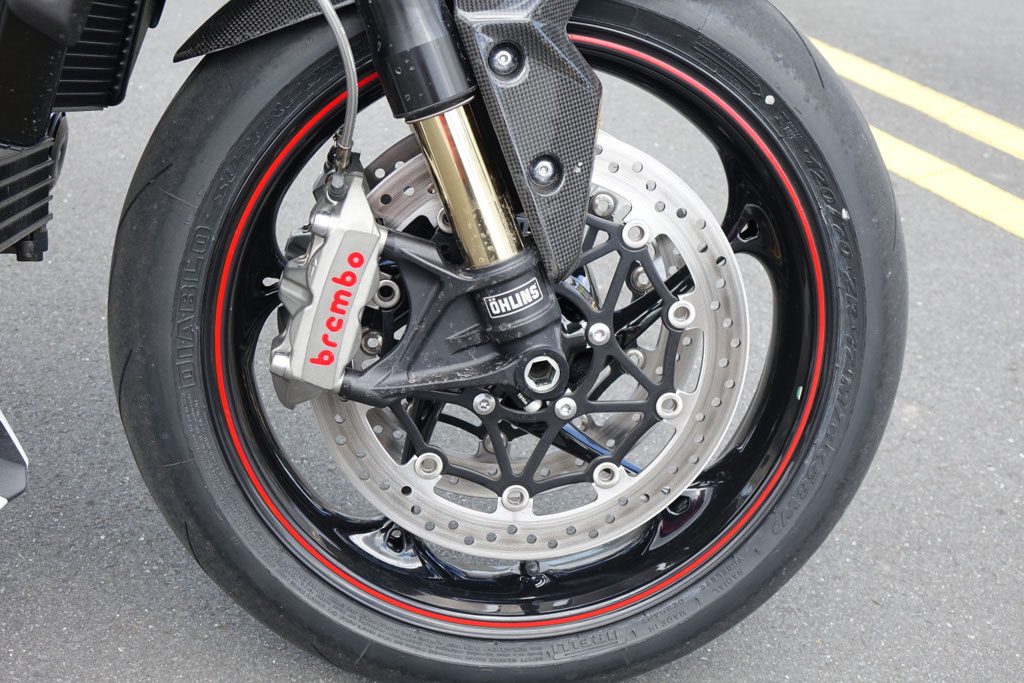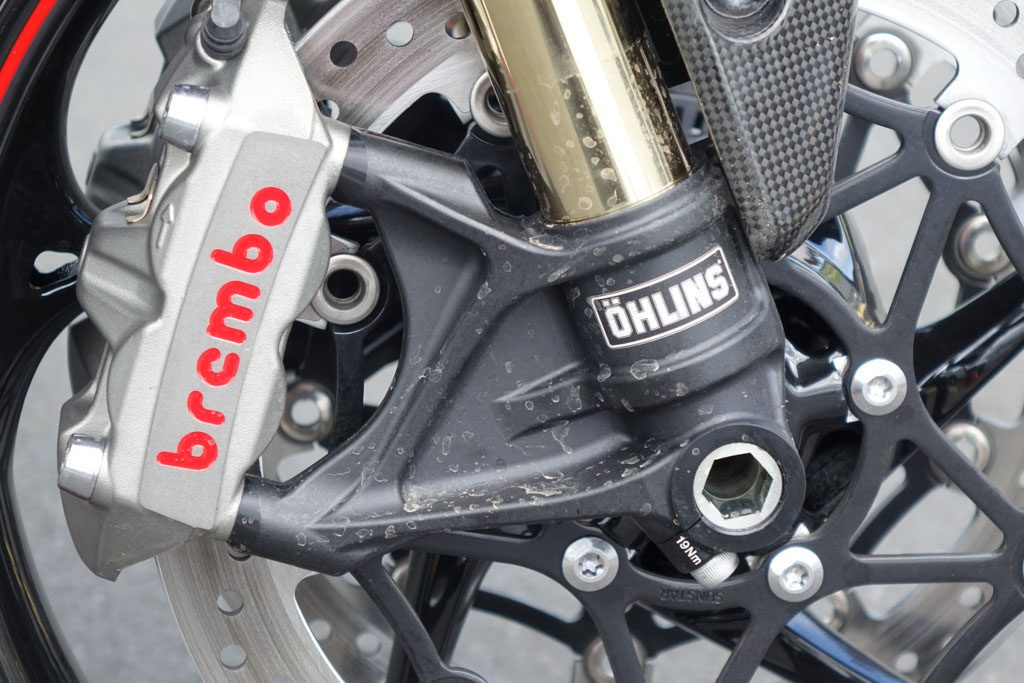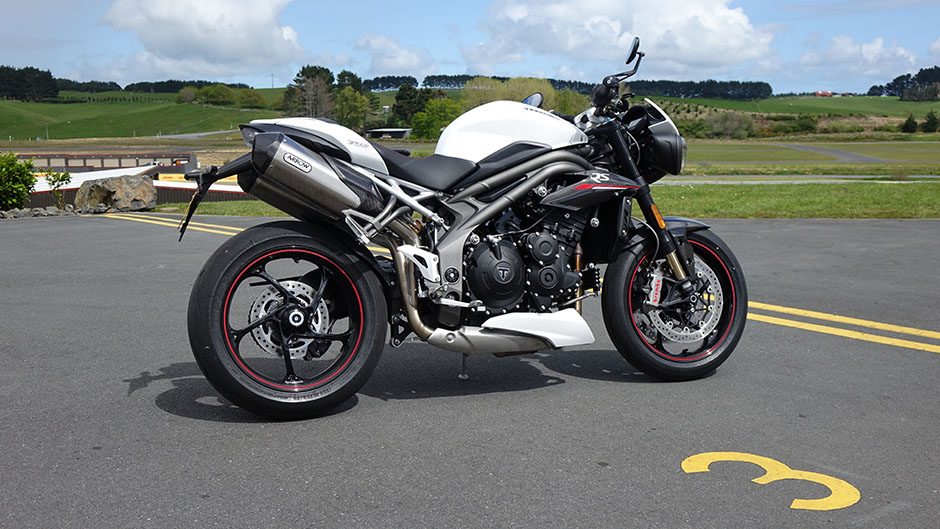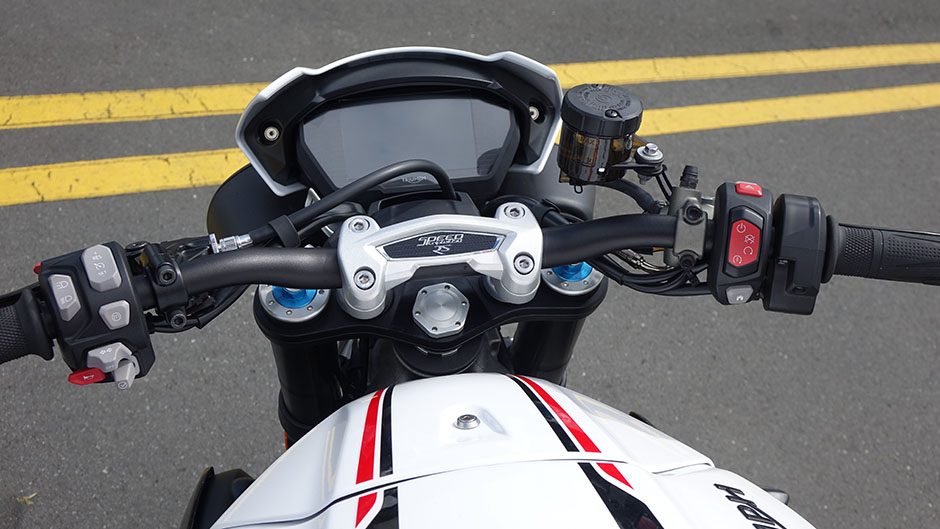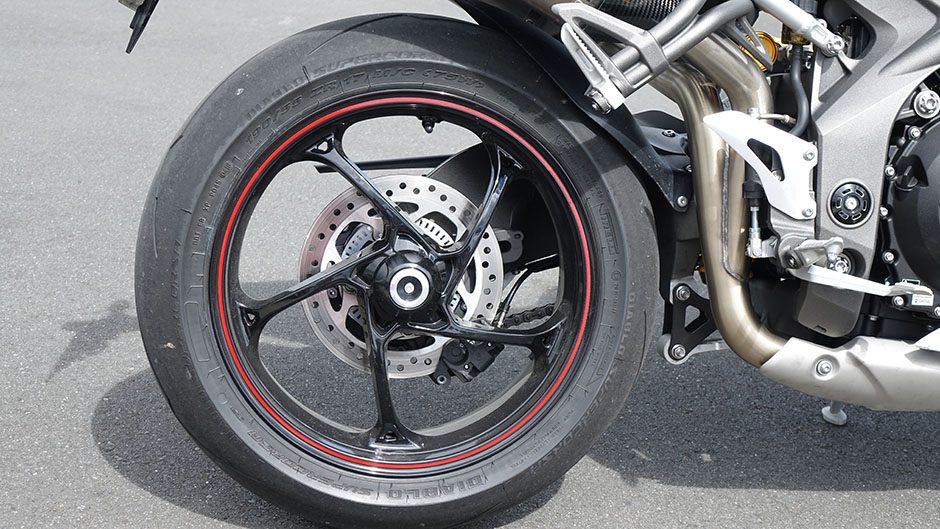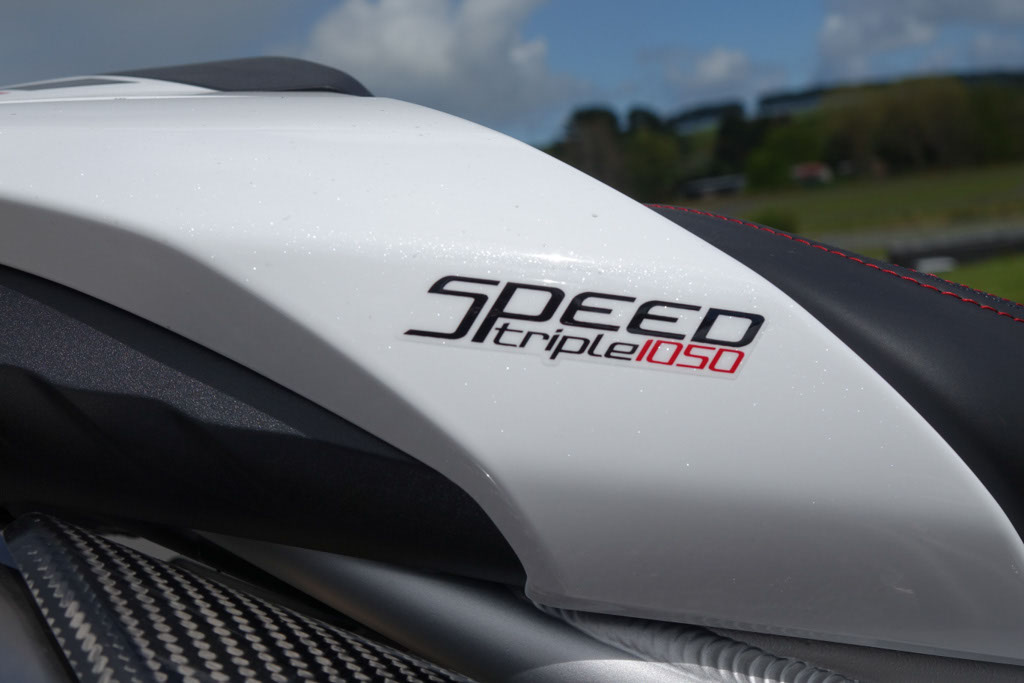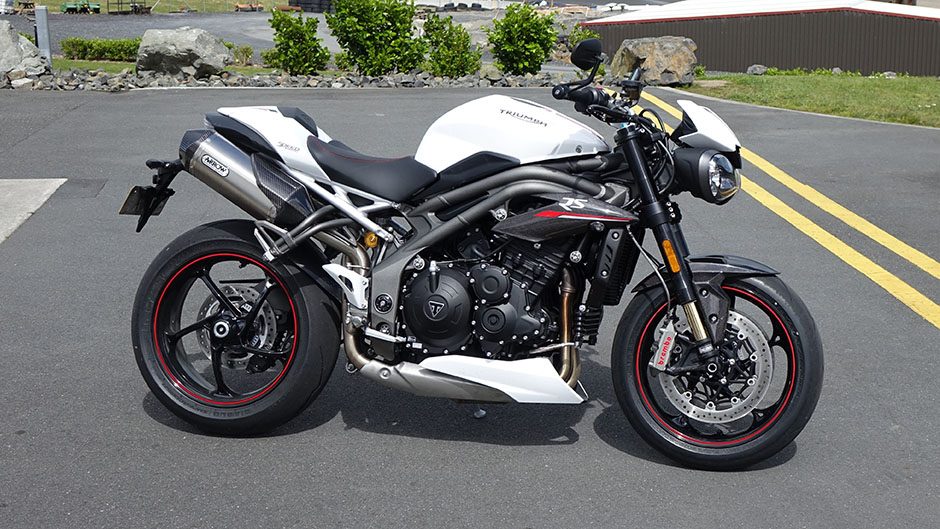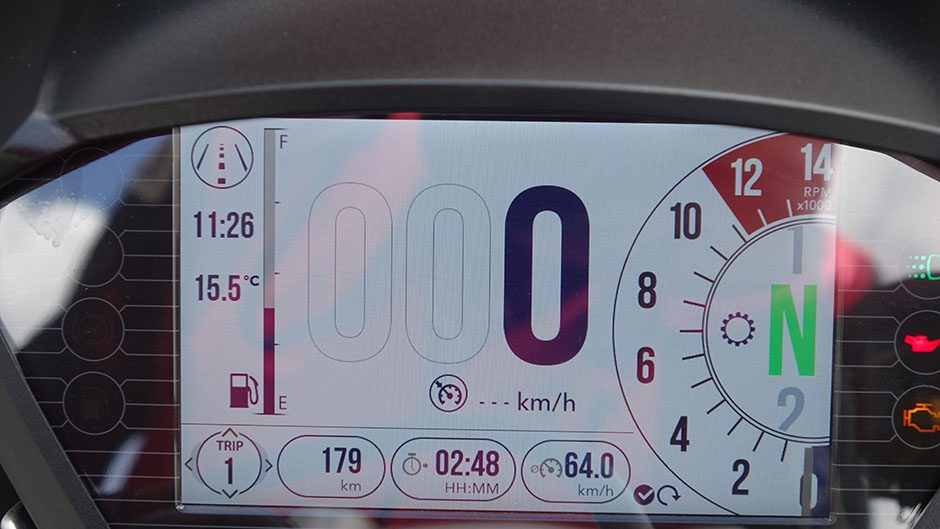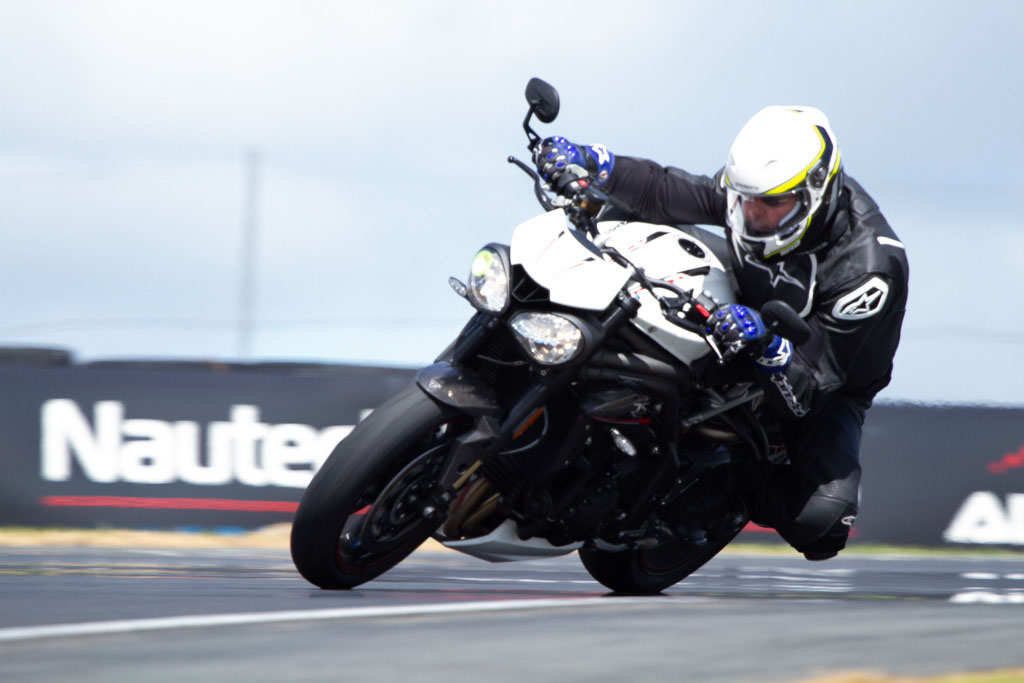2018 Triumph Speed Triple RS review
Words Peter Louisson | Photos Tom Gasnier
We hit the road and track on triumph’s thoroughly revised 2018 Speed Triple. It’s sassier, stronger and more agile. Does it once again vie for supernaked honours?
Back in 2011 when it last underwent a fundamental update, the Speed Triple was said by a British bike institution to be “faster, classier, more refined, more comfortable… far easier to use”.The latest 2018 (sixth) generation of the Speed Triple has gone through a similar transformation, and after road and track rides, we’d say the same applies, especially the ‘faster….and far easier to use’ bits.
So it’s still not the lightest or fastest supernaked but it never has been, never will be. What it really vies for is best all-round supernaked, and in its latest guise it has even fewer weaknesses.
The appearance isn’t much changed, still distinctive, while the twin headlights seem less in your face. Instruments are now like those of Street Triple RS, modern, highly resolving, configurable.
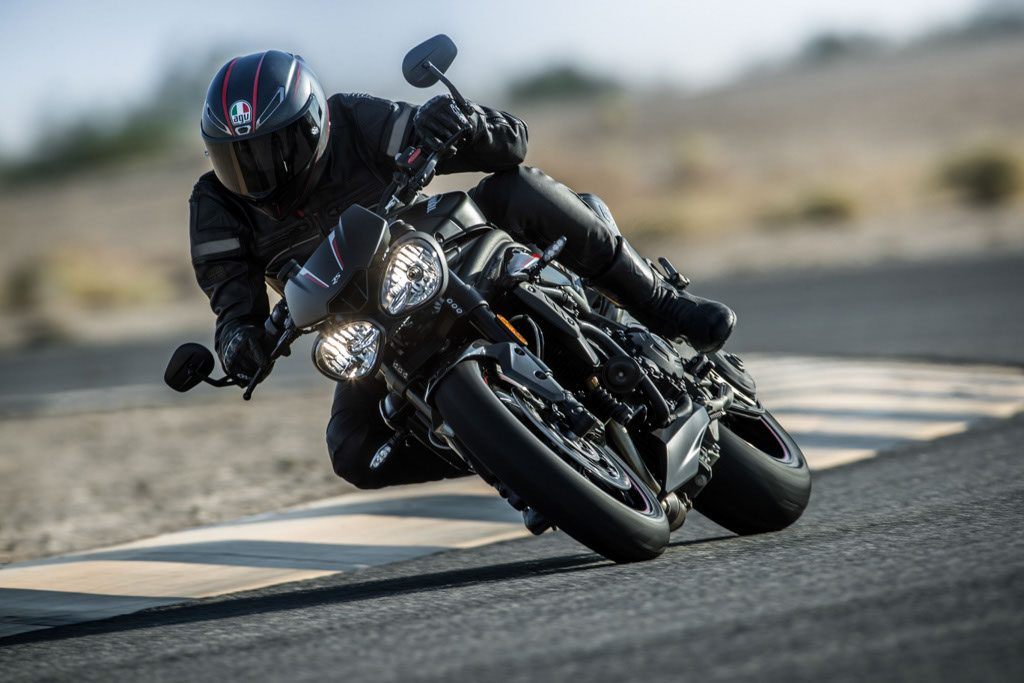
It’s the engine that sees the most change, though it remains a three-potter and still 1050cc; this is the Speed Triple, after all. The noise improves. Gone is the last vestige of engine whine, and the new underseat exhaust sounds suitably manic.
They’ve lightened lots of the engine internals, with over 100 new items so it spins up quicker and there’s a bit more power with a new head and compression bump to almost 13:1. It’s now liberating 148 horses at 10,500rpm, and there’s also a bit more torque, 117Nm chiming in at just over 7000rpm. Notably, there’s more grunt from 3000 to 10,000rpm. And it spins a bit higher, by another 1000rpm up top to 11,500rpm. These changes and a minor weight drop of 3kg make the bike feel friskier. While chassis changes are minor, it seems to turn more easily, a bit more like the smaller Street Triple then, only with a lot more whump.
Against the supernaked competition, the 160-horse monsters from BMW, Aprilia and Yamaha, the gap is closing. On the short straight from turn five to six at Hampton Downs we’d routinely hit 180km/h on the Triumph, only 20km/h shy of the higher revving four-cylinder machines. On road, the speed differential would be negligible.
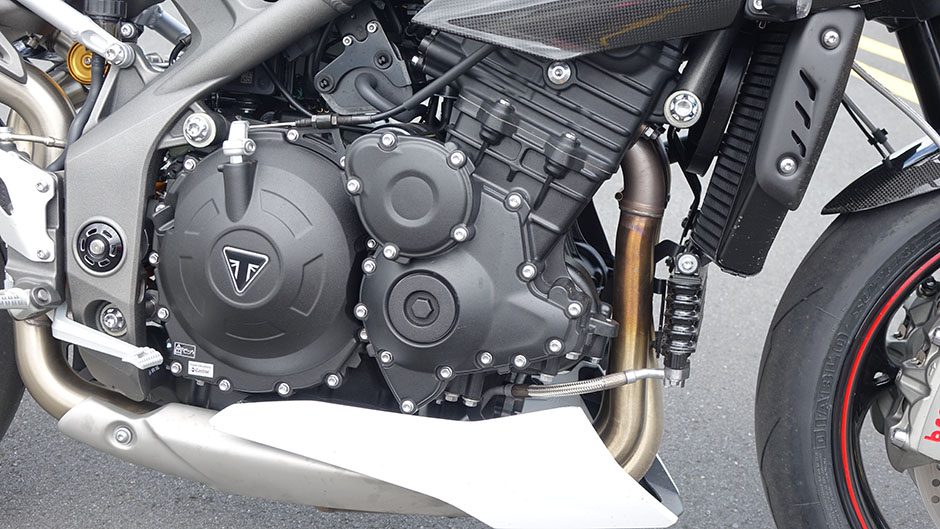
Midrange muscle has always been a strength of the Speed Triple. Now there’s even more of it. Easing along at 100 in sixth, the triple is singing a 4000rpm lilt. Open the throttle and it surges forward. There’s no need for lower gears but chances are you’ll downshift, for both the speed sensation and sonics. It fuels well, with nothing untoward, and hauls away happily from as low as 2000rpm. The mill is a smooth runner too, especially at relevant speeds, and so too the transmission. All this makes it a snip to ride, more so than ever.
There are now two models, the S and RS. Both get the new instruments, cruise control and multiple engine modes. The latter adds a Track setting, sexier Arrows exhausts, top Ohlins suspension, a bidirectional quickshifter, plusher seat, keyless ignition and uprated Brembo brakes that you can manipulate for added bite at the lever. The S model costs $23,990 while the RS adds $3k.
The RS might seem a no-brainer, given the extras, but it really depends on your priorities. If it’s for lots of track day work, the RS is worth the extra. But if you plan mainly on street riding, we’d probably recommend the S model instead and add the optional quickshifter. The reality is that these bikes mechanically are the same underneath it all; the RS is about track pace.
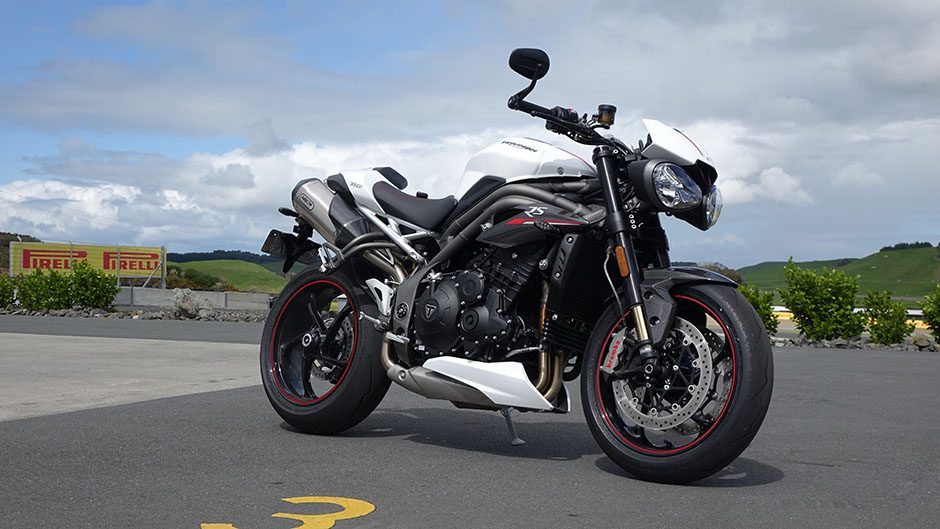
We reckon the S is more comfortable on road, even if the front end isn’t quite as planted. We only did a 30km loop on both bikes but the roads we plied are typical of any secondary highway in the country. And despite easing off the rebound and compression on the TTX36 rear shock of the RS it still seemed too rocky for my liking.
On the track, however, the RS is a step up on the S. With the track-oriented Ohlins boingers there’s less dive under brakes, and it’s more stable out of the corners and on the gas. So it’s more confidence inspiring and less tiring on track, though the quickshifter probably contributes there. Nothing wrong with the standard box, mind.
Despite no great changes to the chassis, it seems to swing through the bends better than ever, and shod with Pirelli Diablo Super Corsas it felt so composed on track. Where it’s hard to keep the front wheels of most supernakeds grounded under full acceleration off the corners, the Speed’s TC seems to stick the front wheel to the tarmac when you’re gassing it, and that’s reassuring. Yet if you want to clutch up a wheelie, you can still do that. So fear not, the hooligan within remains, only it’s now a more talented one.
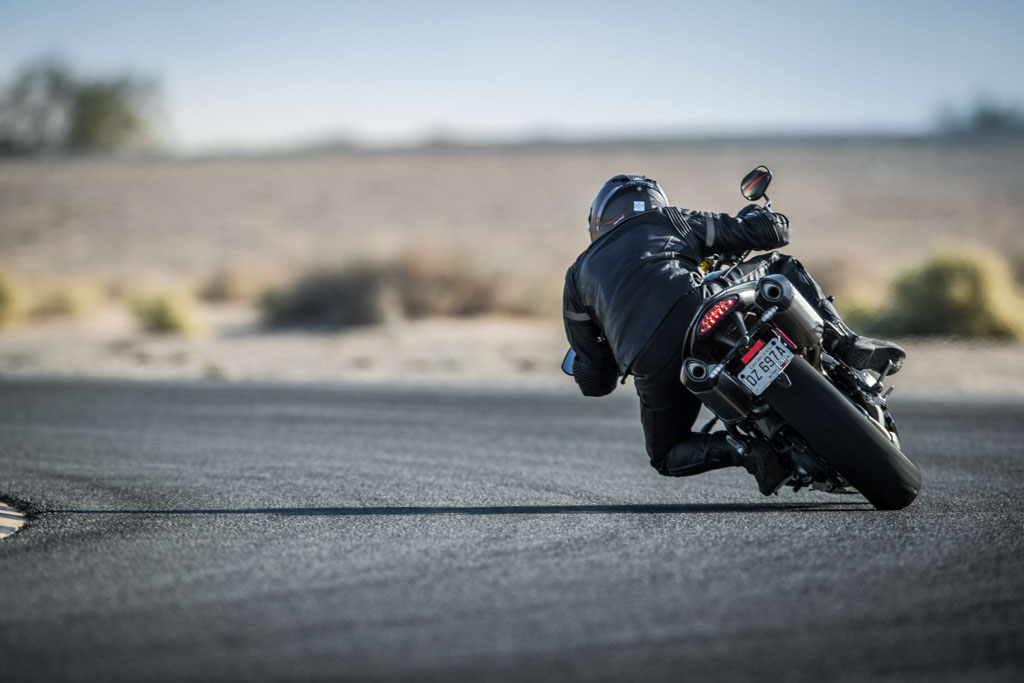
The riding position is similar to before. You need to flex the hips and knees a bit to reach the raised footpegs, but the stretch to the bars is easy, the seat nicely padded. It’s one of those bikes you can ride easily, steadily and quite safely at sane speeds without total commitment.
This is what we’d describe as more than a mere refresh, and the latest Speed Triple is now a more rounded sprinter, faster on the straightaways, better on the curves. There’s been a slight price hike, but standard spec’s now higher, and our dollar lower so that’s not unexpected. That it also looks sharper, and gets an improved electronics package makes this a proper generational upgrade.
| Model | Triumph Speed Triple RS | Price | $26,990 |
| Engine | 1050cc liquid cooled, fuel injected IL3, 110kW/117Nm | Drivetrain | 6-speed, chain final drive |
| 0-100km/h | 3.40sec | 100-0km/h | 40.78m |
| 80-120km/h | 1.57sec (43.63m) | Weight | 210kg |


